|
Poor bent baby! Kelly Hill, of Essex High School, sent me this report on Monday: For the most part our trout have been doing really well. We just had one die over the weekend, and the most noticeable issue was that it looked a bit bent. We are noticing another one today that seems bent as well and thought we would check in with you. I've been told that a small number of deformities is completely normal in trout, just as it is in humans and other species. Kelly sent this photo of her surviving bent fry. Kelly also said, Most of the trout are around two inches long. That's not normal! Well, at least I suspect most TIC trout around the state are significantly smaller than two inches. How big are yours? Art in the Classroom Ludlow Elementary School enjoys the benefits of working with TIC Trout Unlimited volunteer Kathy Ehlers. Along with being a generous and dedicated supporter of LES and an excellent fisher-person, Kathy is also a talented artist whose favorite subjects are anything related to the outdoors. LES teacher Lisa Marks sent me these photos of one of the days Kathy visited her students. Be careful with your temperature probe! For the first time this year, two teachers at different TIC schools arrived at their classrooms (in the same week!) only to discover their tanks at 33 degrees and their chillers iced up! What?! In both cases it quickly became clear that a student on tank duty had accidentally left the chiller's temperature probe out of the tank, so the chiller was reading the temperature of the room and--at the risk of anthropomorphizing--couldn't understand why, in spite of its best efforts, the temperature refused to go down. I haven't gotten reports from the schools yet, but I'm hoping that most of their fish survived the stress of that sudden deep freeze. Certainly in nature in the dead of winter, streams will get close to freezing temperatures. That doesn't happen overnight though, and in January and February the smallest trout will be the "toddlers" who were born the previous spring, so presumably they might be hardier than our young fry. Highgate Elementary School Paul Legris, of Highgate Elementary School, sent me these photos of his tank and happy kids. Getting help for your Release Day Unless you intend a super "short and sweet" release day--and some teachers who engage their kids in fieldwork all year long do--you'll probably want to plan a number of fun and interesting activities on Release Day. I mentioned some of the options for RD activities in my April 2, 2018, blog, but the question of how ambitious your RD can be hinges on the number of people you can recruit to help. Who might some of those potential helpers be? Many teachers recruit Release Day helpers both from within and without the school community. Here are some possibilities:
Regional Trout Unlimited chapter TIC liaisons If you don't know where to find the volunteers you need, contact your local TU TIC liaison. They might be able to help. Here they are:
Natural Resources Conservation Districts I mentioned above that potential volunteers/partners might be found at one of the "natural resources conservation districts" that are spread across the state. Here's a map of their distribution. Not every county has a NRCD, but many do. These groups typically have staff with considerable expertise in environmental science, especially related to rivers and streams. The NRCDs also often own equipment that can be used at Release Days. Click the button below to get more information on each of the state's NRCDs. VERMONT'S NATURAL RESOURCES CONSERVATION DISTRICTS Watershed groups All across the state of Vermont you will find a variety of watershed groups. Here's a map of their distribution. I bet there's one near your school. (Click on the map to access a cool interactive watershed group Web page.) Many of those blue water droplets represent groups that have a special interest in a local river. Some focus not so much on a single river but rather on the extended watershed of that river. Here are some of the rivers covered by these organizations:
Below I've provided a link to a Web page listing all these organizations as well as others. RIVER AND WATERSHED GROUPS Here's an example of the Web site of just one of these groups. Audubon Society Members of the various Audubon Society chapters around the state have also in the past assisted schools with their Release Days. Here is some contact information on each of Vermont's seven Audubon Society chapters. I'll bet there's one in your neighborhood!
UVM Sea Grant program Finally, schools in the Lake Champlain drainage might be able to get Release Day (and other) support for TIC fieldwork from the faculty and students of UVM's Sea Grant program. Such a collaboration would also allow your students to meet and work with inspiring young adults who are pursuing careers in science. Click the logo below to go to the Sea Grant Web site.
0 Comments
Leave a Reply. |
Joe Mark is Lead Facilitator of Vermont's Trout in the Classroom program.In June 2012, I retired after 40 years in higher education, having spent the last 32 years of my career as dean at Castleton. One of the first things I volunteered to do in retirement was to work with a parent-friend to help the Dorset School, where his kids and my Vermont grandkids attend, start a TIC program. Gradually that commitment grew into my current role, which is both demanding and highly rewarding. Archives
December 2019
Categories |
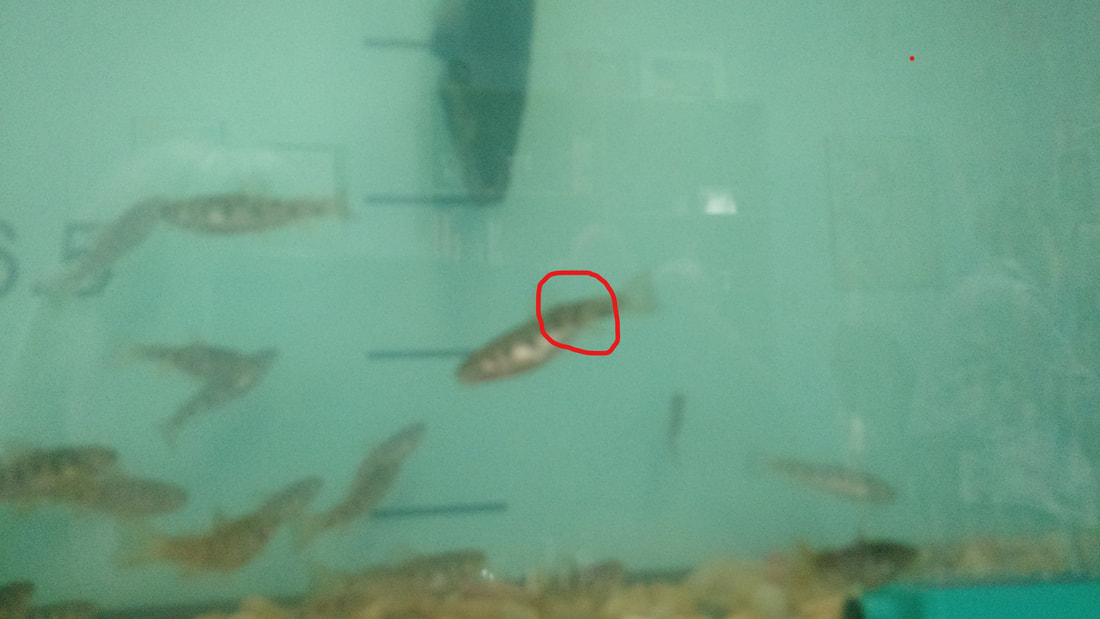
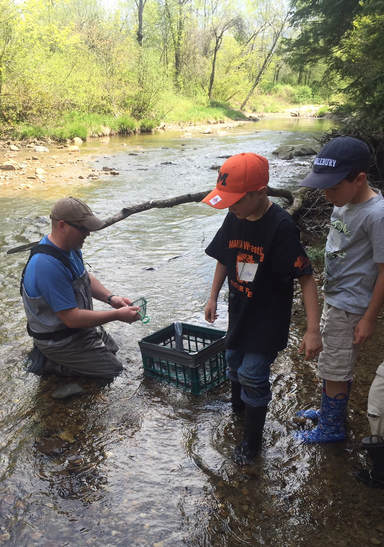
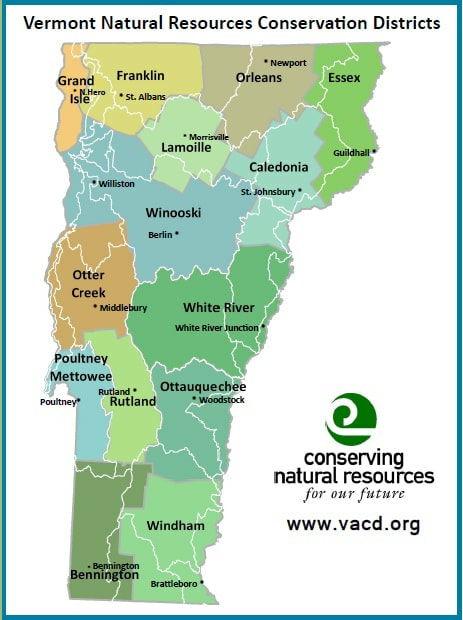
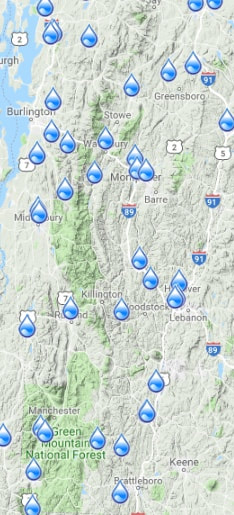
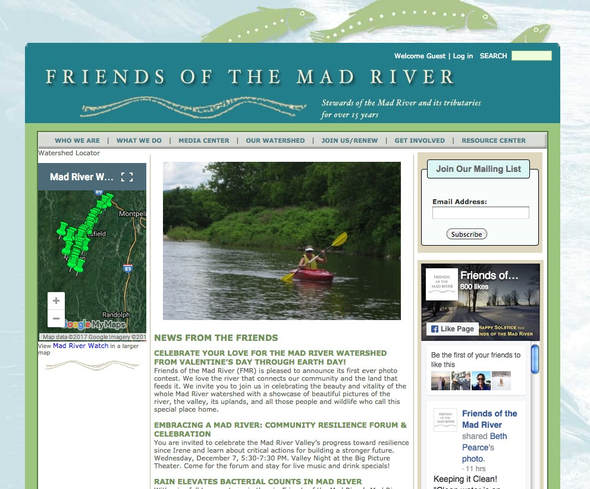
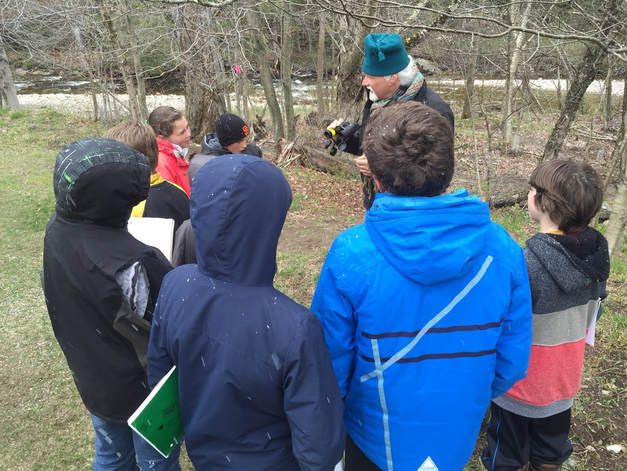

 RSS Feed
RSS Feed
